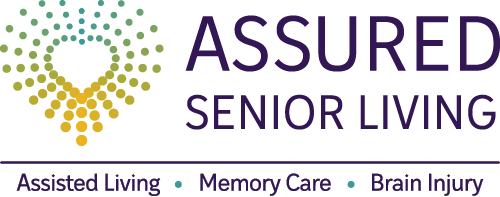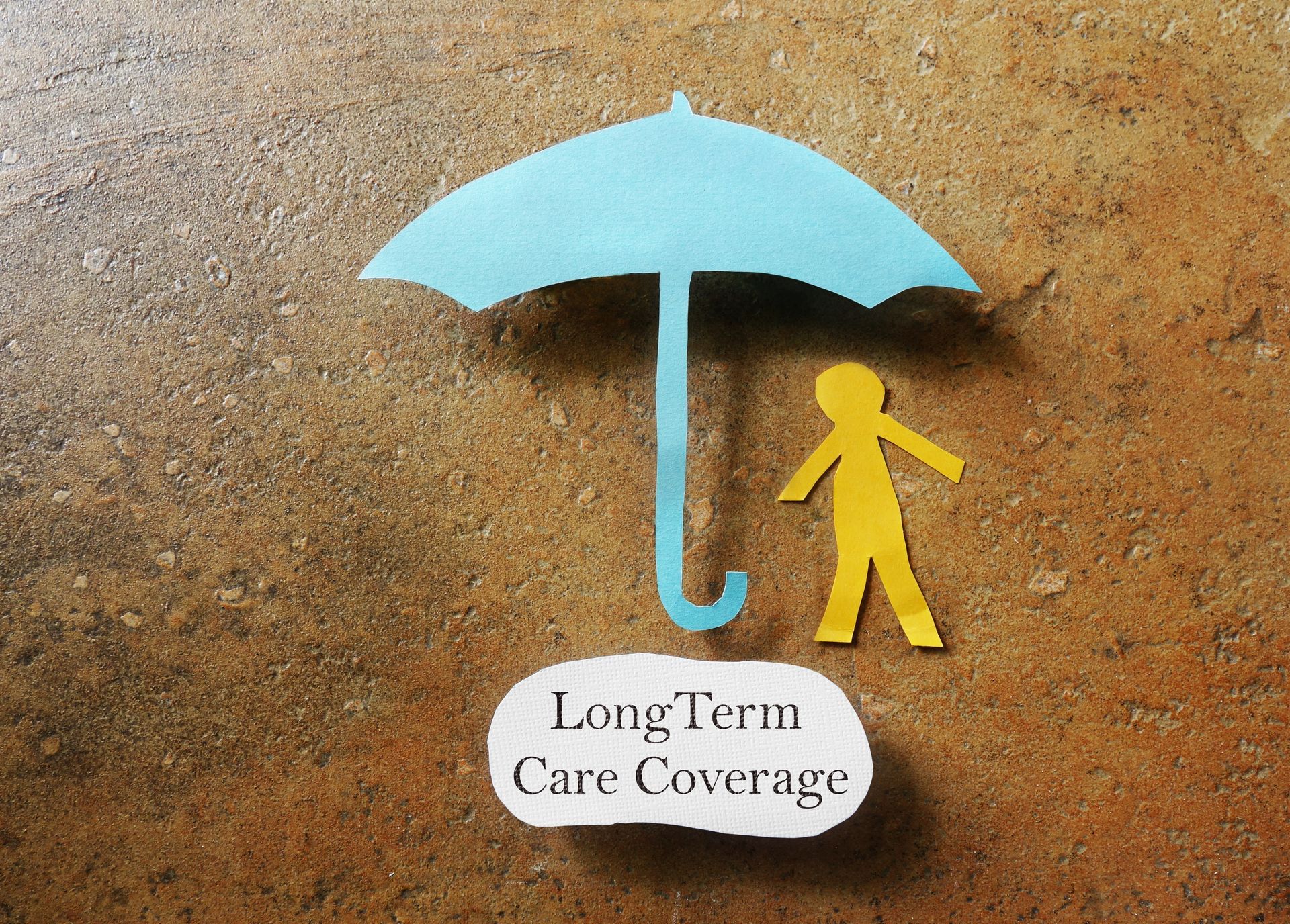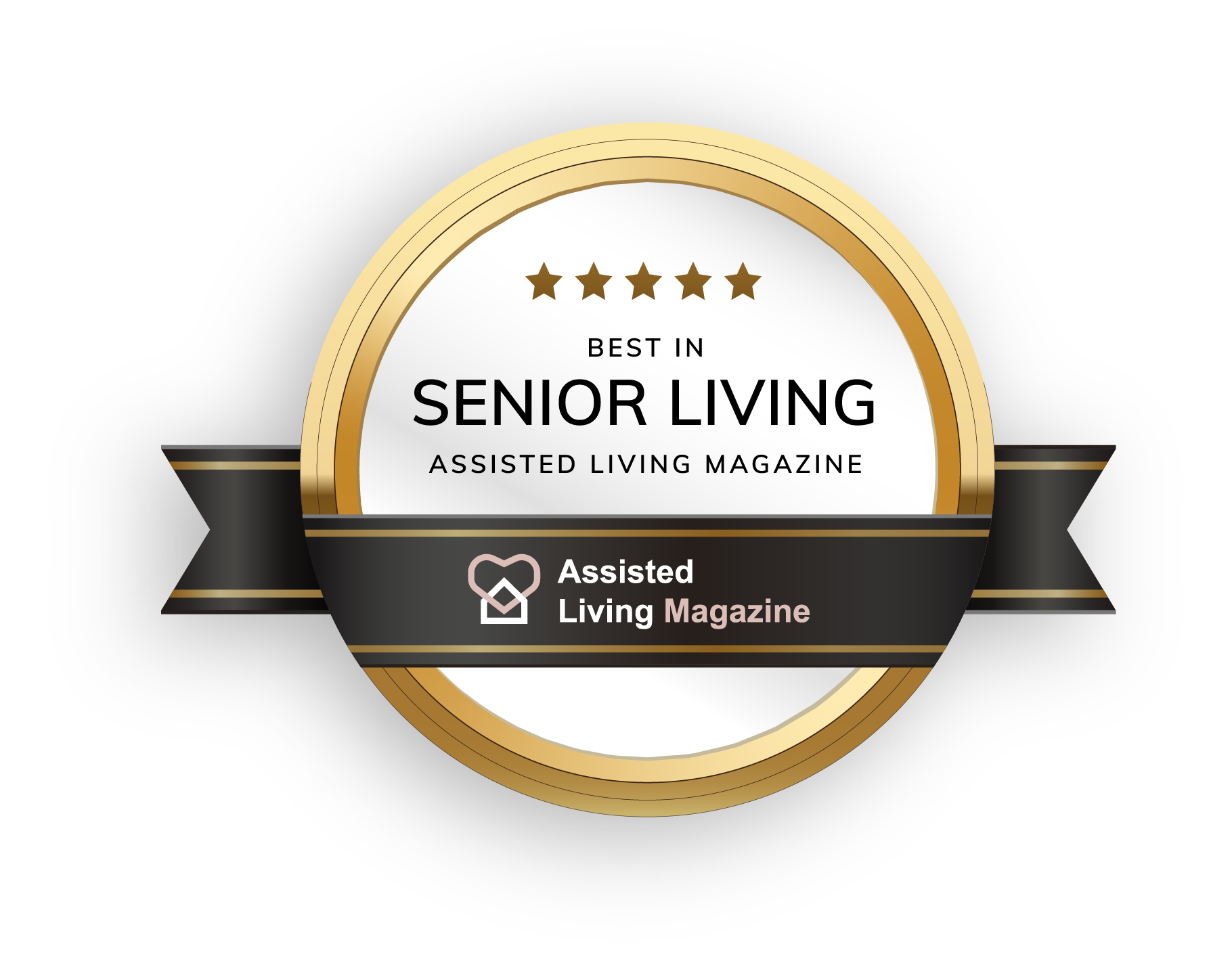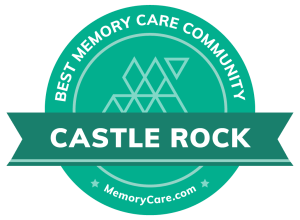Give us a call: (303) 814-2688
Email us on: francis@assuredal.com
BLOG
Moving Checklist to Make Assisted Living Smooth and Stress-Free
Moving to an assisted living facility can be a challenging experience for seniors and their families. A well-prepared moving checklist can make the process smoother and stress-free. Thoughtful planning ensures a successful transition while minimizing potential disruption to your loved one's well-being. Focusing on comfort, emotional well-being, and practical needs is crucial during the move. With careful consideration, you can ensure your loved one adjusts quickly and happily to their new environment.
This guide offers practical steps for a smooth transition to an assisted living facility. Each tip focuses on specific aspects of moving, from organizing essentials to maintaining emotional balance. A detailed plan reduces stress and enhances the overall experience of assisted living.
1. Start with Organizing Essentials
When preparing to move to assisted living, it's important to first focus on essentials. Prioritize belongings that will improve comfort, like clothing, personal hygiene items, and medical supplies. These items should be packed and labeled clearly, making them easy to access during the initial days.

Once the essentials are ready, create a checklist of sentimental items. Moving to assisted living often means downsizing, so bringing favorite pictures or small mementos can provide emotional comfort. Furthermore, sorting through sentimental items beforehand allows seniors to decide what will make their new space feel like home.
Lastly, check with the facility about what they provide. Assisted living often includes furniture and household items. Understanding what’s already available helps avoid unnecessary packing and simplifies the move. Focus on packing what truly matters to your loved one.
2. Coordinate with Medical Providers
Healthcare needs should be a priority in any moving checklist for assisted living. Before the move, ensure all necessary medical records are transferred to the new facility. This includes doctor’s prescriptions, treatment plans, and information on any ongoing medical conditions.
Arrange for new healthcare providers in the area if needed. Many assisted living facilities have in-house medical teams, but it's essential to check whether any outside specialists will be necessary. You’ll also want to update your loved one’s insurance information to reflect the change in care providers.
Another key consideration is medication management. Make sure the assisted living team is fully informed about all medications. Create a detailed list of prescriptions, dosage requirements, and any allergies so the staff can assist with managing your loved one’s health.
3. Downsize Thoughtfully
One of the most daunting aspects of moving to assisted living is downsizing. A moving checklist should include clear steps for sorting through possessions. Start by categorizing items into “keep,” “donate,” and “discard” piles. This process may take time, so it’s best to begin before moving day.
Sentimental items can be the hardest to downsize. Offer your loved one the opportunity to pass down heirlooms or cherished items to family members. This helps reduce clutter and gives meaning to the transition by sharing memories with loved ones.
Focus on creating a comfortable, clutter-free environment in the new living space. Many assisted living facilities also offer smaller, more manageable living quarters. Ensure that the items chosen to bring are practical and will enhance daily life in the new home.
4. Plan a Comfortable Moving Day
A successful move relies heavily on a well-coordinated moving day. Start by arranging transportation that caters to any mobility challenges. Whether using a moving service or relying on family, ensure your loved one’s comfort and safety are prioritized throughout the day.

Prepare an overnight bag that includes essentials for the first 24 hours. Items like medications, toiletries, and a change of clothes should be easily accessible to avoid any stress upon arrival. This also helps your loved one quickly feel settled in their new environment.
Enlist family members or friends to help with the move. Having familiar faces on hand can provide emotional support and make the process smoother. The more organized the move, the less overwhelming it will feel for your loved one.
5. Personalize the New Space
Personalizing the living space in an assisted living facility can significantly ease the emotional transition. A moving checklist should include items that will familiarize the new environment. In addition, focus on things like favorite bedding, family photos, and meaningful décor.
Creating a familiar atmosphere can help your loved one feel more comfortable. If space allows, bring familiar furniture pieces or choose smaller items like throw pillows or blankets that remind them of home. This familiarity can provide comfort during the adjustment period.
Lastly, consider the layout of the new space. Ensure the room is set up to accommodate your loved one’s physical needs, like mobility aids or specialized equipment. A functional and comfortable space helps your loved one settle in and promotes independence.
Celebrating Life Beyond Major Events
Moving to assisted living can be an emotional experience for the resident and their family. One key element of a successful transition is staying emotionally connected. Plan regular visits to ease the loneliness that may arise during the first few weeks.
Encourage your loved one to stay engaged with community activities in the facility. Assisted living communities often offer a variety of social events and programs. Participation can help them form new relationships and feel more at home in their new environment.
Open communication is essential. Discuss any concerns your loved one has about the move and keep them informed throughout the process. Reassuring and staying involved can significantly affect how they adapt to assisted living.
Conclusion: A Stress-Free Move to Assisted Living
Moving to an assisted living facility doesn’t have to be stressful. This moving checklist can ensure a smooth transition focusing on practical needs and emotional well-being. From organizing essentials to personalizing the new space, each step helps create a more positive experience for your loved one.
At Assured Senior Living, we specialize in providing personalized care in a home-like setting. Our team is dedicated to making sure every resident feels comfortable and supported. Contact us today to learn more about our services and schedule a visit to see how we can help your family.
All Rights Reserved | Assured Senior Living
